

Articles
How To Store Food In Fridge Top To Bottom
Modified: January 23, 2024
Learn how to store food in your fridge from top to bottom in this informative article. Discover useful tips and tricks to keep your food fresh and organized.
(Many of the links in this article redirect to a specific reviewed product. Your purchase of these products through affiliate links helps to generate commission for Storables.com, at no extra cost. Learn more)
Introduction
Welcome to the world of refrigeration! The fridge is an essential appliance in our kitchens, helping us store and preserve food for longer periods. But did you know that how you arrange and store your food in the fridge can impact its freshness and longevity? In this article, we will explore the best practices for storing food in your refrigerator from top to bottom.
Proper organization and placement of different food items in the fridge can ensure optimal temperature conditions and prevent cross-contamination. Understanding which foods are best suited for each shelf and compartment will help you maximize the efficiency of your fridge and minimize food waste.
So, let’s dive in and learn how to store food in the fridge from top to bottom, ensuring that everything stays fresh, delicious, and safe for consumption!
Key Takeaways:
- Proper organization of food in the fridge is crucial for freshness and safety. Store raw meats on the bottom shelf, dairy in the middle, and fruits/vegetables in the drawers to optimize shelf life.
- Regular cleaning and maintenance of the fridge are essential for food safety. Clean spills promptly, monitor temperature settings, and organize items for easy access to maintain a fresh and organized environment.
Top Shelf: Ideal Foods to Store
The top shelf of your fridge is the warmest part, making it suitable for storing foods that do not require extremely cold temperatures. Here are some ideal foods to store on the top shelf:
- Deli meats and cooked leftovers: Placing deli meats and cooked leftovers on the top shelf allows them to maintain their freshness without getting too cold.
- Dairy products: Items like cheese, yogurt, and butter can be stored on the top shelf. However, if your fridge has a dairy compartment, it’s best to use that for storing dairy products.
- Condiments: Most condiments, such as ketchup, mustard, and salad dressings, can be stored on the top shelf. Ensure they are properly sealed to avoid any spills or cross-contamination.
- Eggs: Although eggs come with an egg tray in the fridge door, they can also be stored on the top shelf. Keep them in their original carton to maintain their freshness and prevent any absorption of odors from other foods.
Remember to keep a close eye on the expiry dates of these items and rotate them regularly to avoid any spoilage or wastage. Now let’s move on to the next section and explore the proper arrangement of food items in the middle shelf!
Middle Shelf: Properly Arranging Food Items
The middle shelf of your fridge is the coldest and has a consistent temperature. This makes it an ideal spot for storing foods that require a colder environment. Here are some tips for properly arranging food items on the middle shelf:
- Raw meats and seafood: Place raw meats and seafood on a tray or in a leak-proof container to prevent any cross-contamination with other foods. Keep them on the middle shelf to ensure they stay at the right temperature and avoid any drips onto other items.
- Dairy products: If your fridge doesn’t have a dedicated dairy compartment, you can place dairy items like milk and yogurt on the middle shelf. Make sure to check the temperature setting to ensure they are kept at the appropriate temperature.
- Leftovers: If you have any cooked leftovers that you plan to consume within a couple of days, the middle shelf is a great place to store them. Place them in airtight containers to maintain their freshness.
- Prepared meals and ready-to-eat foods: Store ready-to-eat items, such as pre-packaged salads, on the middle shelf. These foods are often more delicate and can spoil faster if not kept at the correct temperature.
By organizing your middle shelf with the appropriate food items, you can ensure that they stay fresh and safe to consume. Let’s move on to the bottom shelf and discover which foods are recommended for storage there!
Bottom Shelf: Recommended Items to Store
The bottom shelf of your fridge is the coldest part and is closest to the cooling source. This makes it perfect for storing foods that require a consistently cold temperature. Here are some recommended items to store on the bottom shelf:
- Raw meat and poultry: The bottom shelf is ideal for storing raw meat and poultry to ensure they stay at a safe temperature and prevent any potential cross-contamination. Keep them in sealed containers or place them on a tray to capture any drips.
- Seafood: Similar to raw meat, seafood should be stored on the bottom shelf to maintain its freshness and prevent any leaks from contaminating other foods.
- Fruits and vegetables: Some fruits and vegetables, like leafy greens and berries, prefer cooler temperatures. Store them in crispers or sealed containers on the bottom shelf to extend their shelf life.
- Raw eggs: While eggs can be stored on the top shelf as mentioned earlier, the bottom shelf is also a suitable option. Keep them in their original carton to protect them and prevent any absorption of odors.
It’s crucial to handle raw meat, poultry, and seafood with care to prevent the risk of foodborne illnesses. Store them properly and separate them from other foods to maintain food safety. Now, let’s explore the drawer section of your fridge and learn which foods are optimal for storage there!
Store raw meat and seafood on the bottom shelf of the fridge to prevent cross-contamination with other foods. Keep ready-to-eat foods and leftovers on the top shelf for easy access.
Drawer: Optimal Foods for Storage
The drawers in your fridge, often referred to as the crispers, are designed to provide an environment with higher humidity levels. This makes them perfect for storing certain fruits and vegetables that require a bit more moisture. Here are the optimal foods for storage in the drawers:
- Leafy greens: Spinach, lettuce, kale, and other leafy greens thrive in higher humidity levels. Place them in a plastic bag or wrap them in a damp paper towel before storing them in the drawer.
- Fruits: Some fruits, like apples, pears, and grapes, can also benefit from being stored in the crispers. However, keep them separate from vegetables to prevent the release of ethylene gas, which can accelerate ripening.
- Herbs: If you have fresh herbs like cilantro, parsley, or mint, storing them in the drawer can help retain their moisture and extend their freshness. Place them in a plastic bag or wrap them in a damp paper towel.
Remember to monitor the humidity settings on your fridge, if available, and adjust them accordingly to create the ideal conditions for these items. Now let’s move on to the fridge door and explore the suitable foods to keep there!
Read more: How To Store Starter In Fridge
Fridge Door: Suitable Foods to Keep
The fridge door is often the warmest part of the refrigerator and experiences fluctuating temperatures every time the door is opened. This makes it suitable for storing foods that are more resistant to spoilage. Here are some suitable foods to keep in the fridge door:
- Condiments: Bottles of ketchup, mustard, mayonnaise, and other condiments can be safely stored in the fridge door. The cool but less cold temperatures won’t impact their quality.
- Jams and preserves: Similar to condiments, jars of jams, jellies, and preserves can be stored in the fridge door. Just make sure they are tightly sealed to prevent any spoilage.
- Butter and margarine: These spreadables can be kept in the fridge door as well, as they are less sensitive to temperature changes compared to other dairy products.
- Soft drinks and juices: If you have bottles or cans of soft drinks or juices, they can be stored in the fridge door for easy access. However, be mindful of the expiration dates and consume them within the recommended time frame.
It’s important to note that the fridge door is not ideal for storing highly perishable items or foods that are sensitive to temperature fluctuations. It’s best to reserve the door for items that can tolerate the slightly warmer temperatures. Now, let’s move on to some essential cleaning and maintenance tips for your fridge!
Cleaning and Maintenance Tips
To keep your fridge in optimal condition and ensure the longevity of your stored food, it’s essential to follow regular cleaning and maintenance practices. Here are some tips to keep your fridge clean and well-maintained:
- Regularly clean spills: Accidents happen, and spills can occur in your fridge. Clean up any spills immediately to avoid any potential cross-contamination and prevent unpleasant odors.
- Wipe down shelves and drawers: Take some time every month to remove shelves and drawers from your fridge and clean them thoroughly. Use warm soapy water and a sponge or cloth to remove any residue or stains.
- Check for expired items: Regularly go through your fridge and check for expired items or leftovers that have passed their prime. Dispose of any expired or spoiled food to maintain a clean and fresh environment.
- Defrost your freezer: If your fridge has a freezer compartment, make sure to defrost it regularly to maintain its efficiency. Follow the manufacturer’s instructions for defrosting and avoid excessive ice buildup.
- Keep it organized: Proper organization is key to maximizing the efficiency of your fridge. Use clear containers or storage bins to group similar items together and label them for easy identification.
- Monitor temperature settings: Make sure your fridge is set to the appropriate temperature to ensure food safety. The recommended temperature for a fridge is between 35°F and 38°F (1.7°C and 3.3°C).
By following these cleaning and maintenance tips, you can create a clean and organized environment in your fridge, prolong the freshness of your food, and maintain food safety standards. Now, let’s wrap up our guide to storing food in the fridge from top to bottom!
Conclusion
Properly storing food in your refrigerator is crucial for maintaining freshness, preventing spoilage, and ensuring food safety. By understanding the different temperature zones and following the recommended guidelines for each shelf and compartment, you can optimize the storage conditions and extend the shelf life of your groceries.
Remember to store raw meats and seafood on the bottom shelf to prevent cross-contamination, keep dairy products at the appropriate temperature on the top or middle shelf, store fruits and vegetables in the crisper drawers, and reserve the fridge door for condiments and other items that can tolerate slightly warmer temperatures.
Regular cleaning and maintenance are also essential to keep your fridge in top condition. By promptly cleaning spills, regularly wiping down shelves and drawers, and monitoring temperature settings, you can create a clean and organized environment that promotes food freshness and safety.
So, the next time you go grocery shopping and come home with bags full of delicious food, remember these tips and properly store your items in the fridge from top to bottom. Your food will stay fresher for longer, reducing waste and ensuring that you have high-quality ingredients ready to create culinary masterpieces!
Happy food storage and enjoy your fresh and delicious meals!
Frequently Asked Questions about How To Store Food In Fridge Top To Bottom
Was this page helpful?
At Storables.com, we guarantee accurate and reliable information. Our content, validated by Expert Board Contributors, is crafted following stringent Editorial Policies. We're committed to providing you with well-researched, expert-backed insights for all your informational needs.
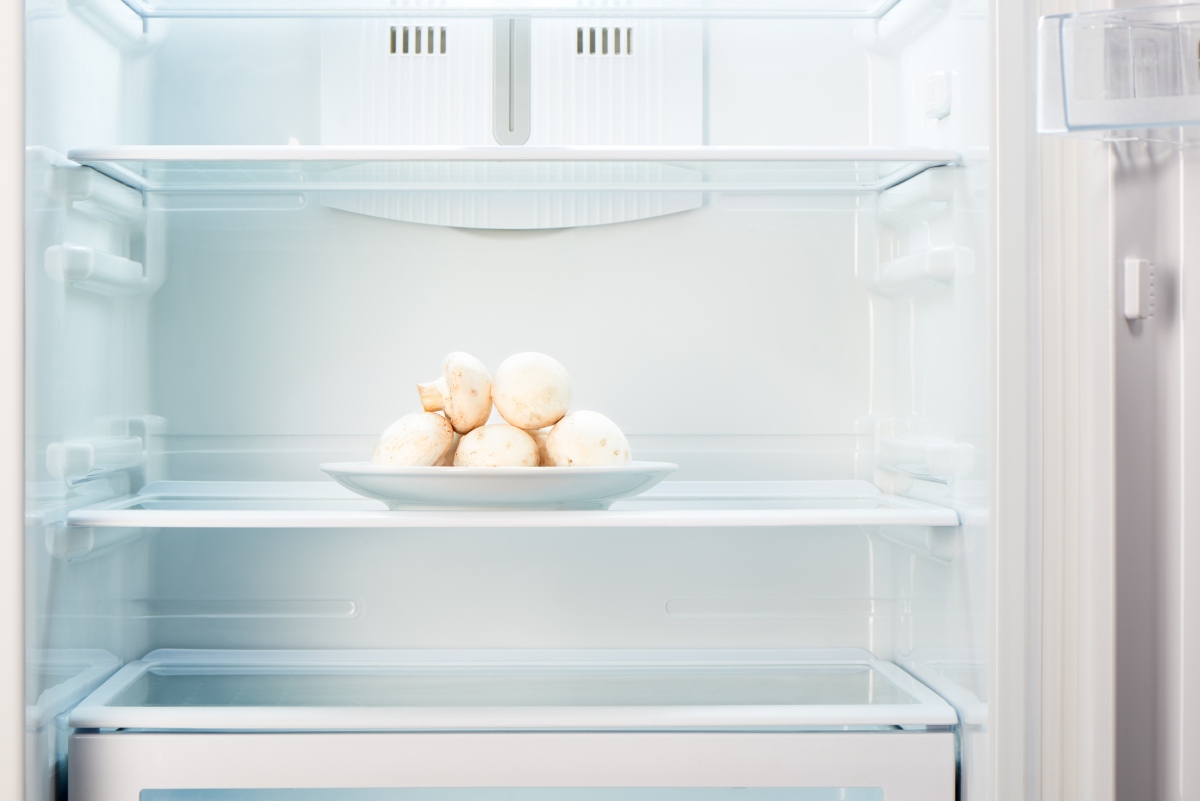
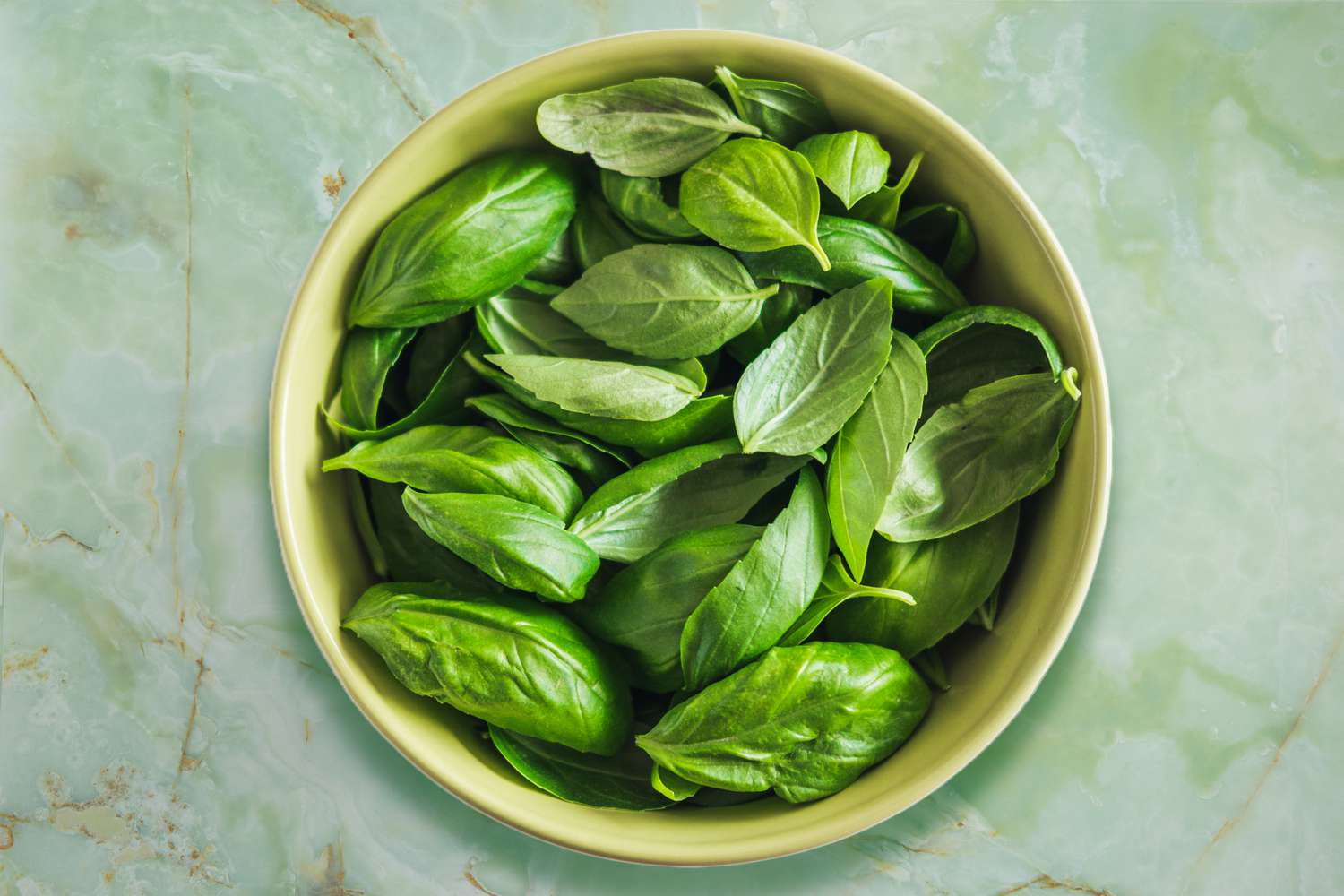
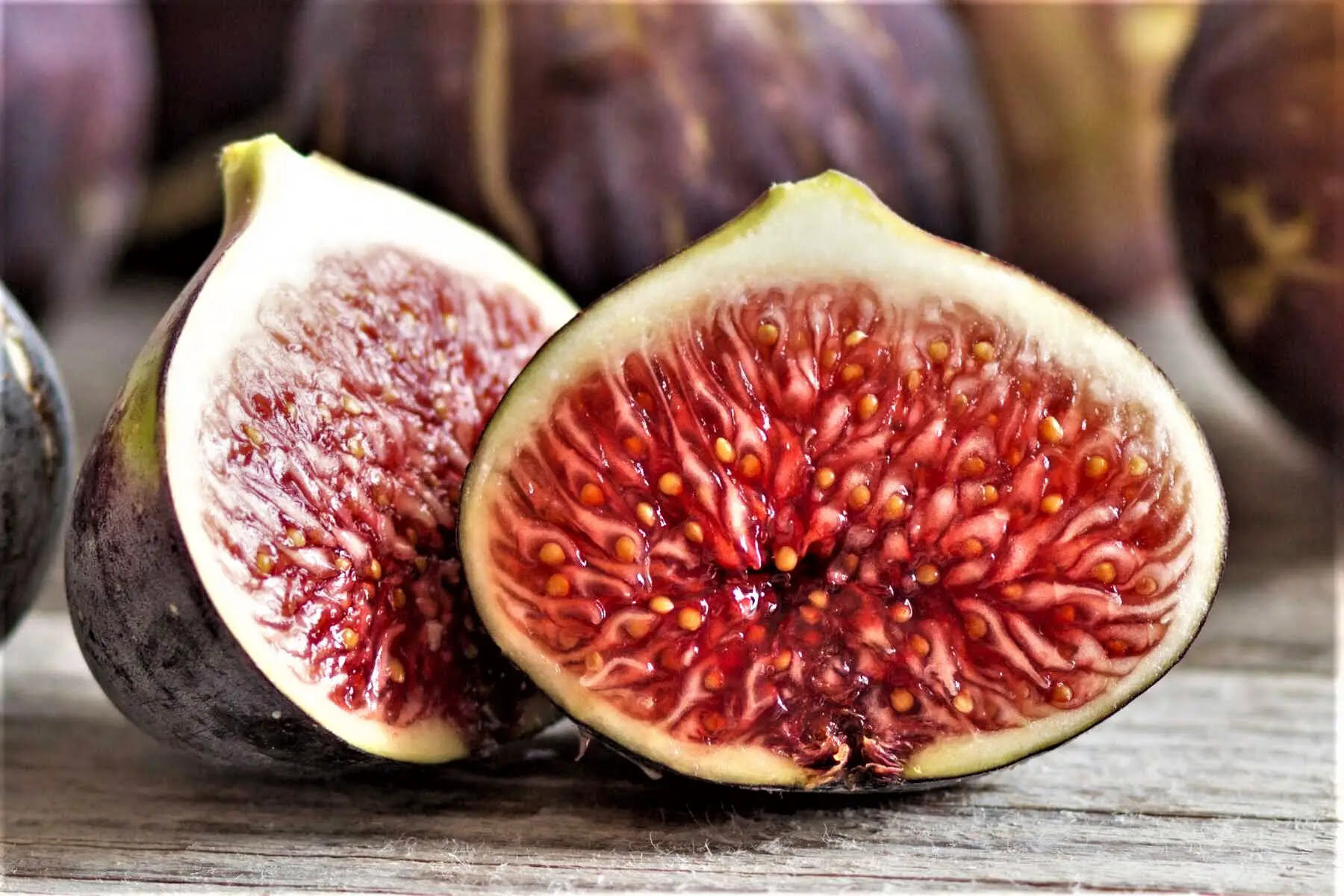
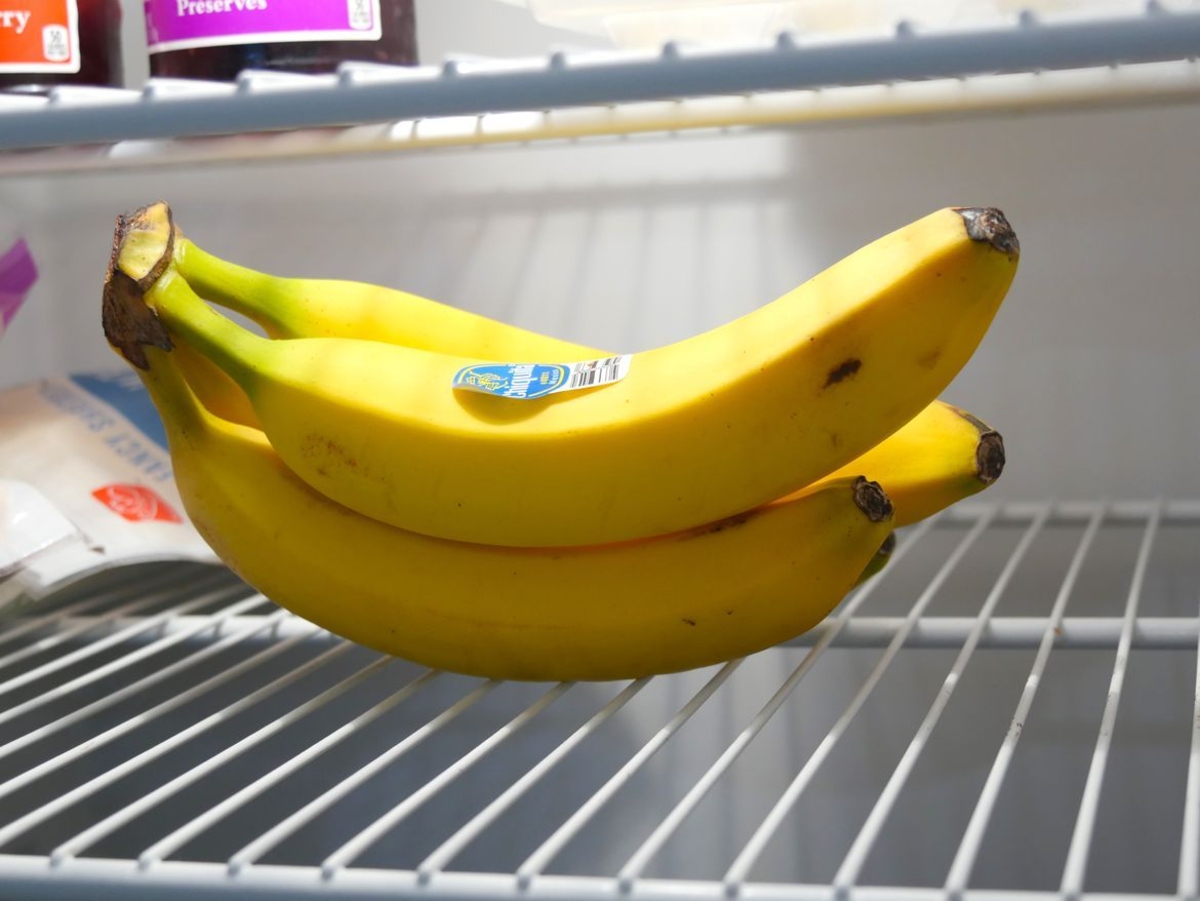
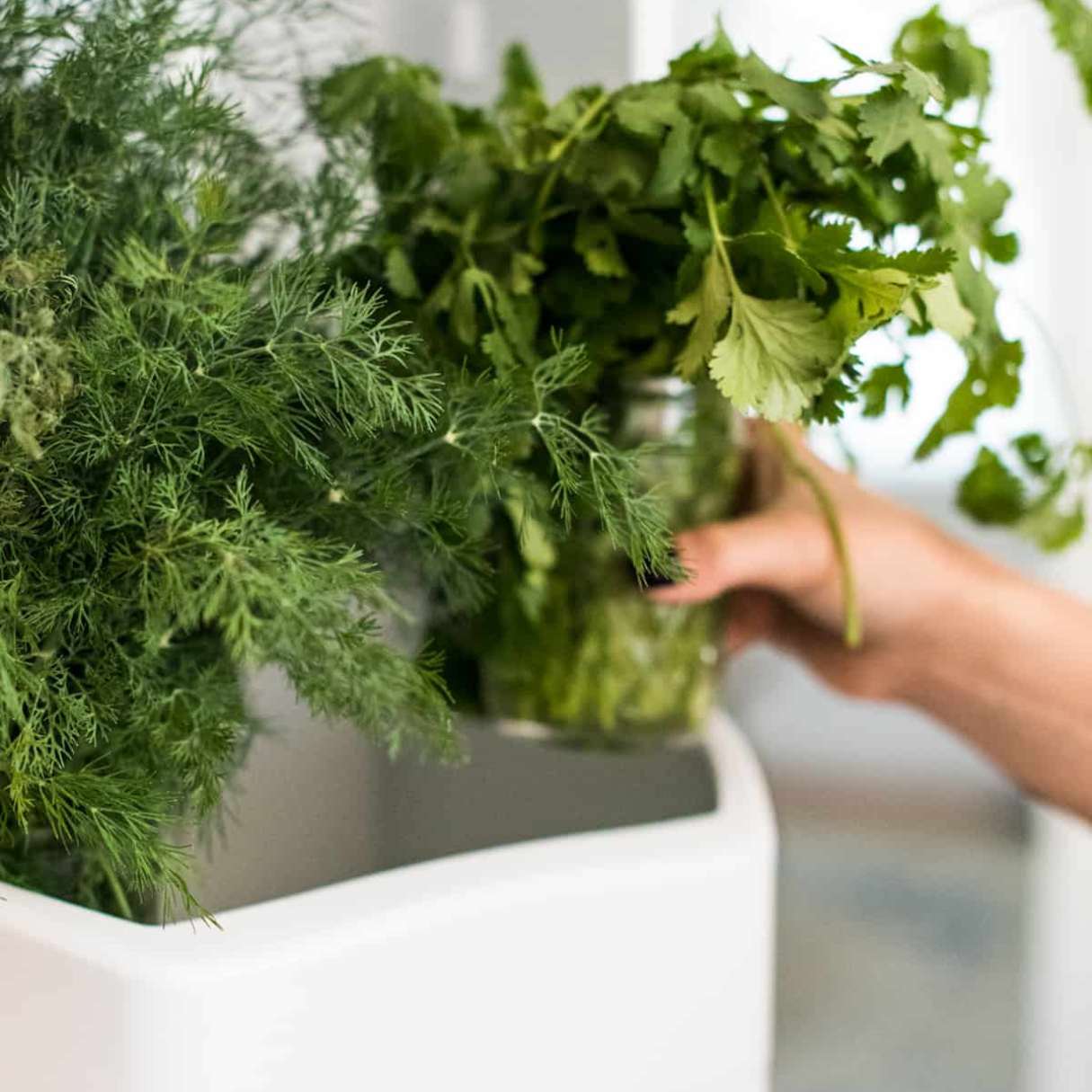
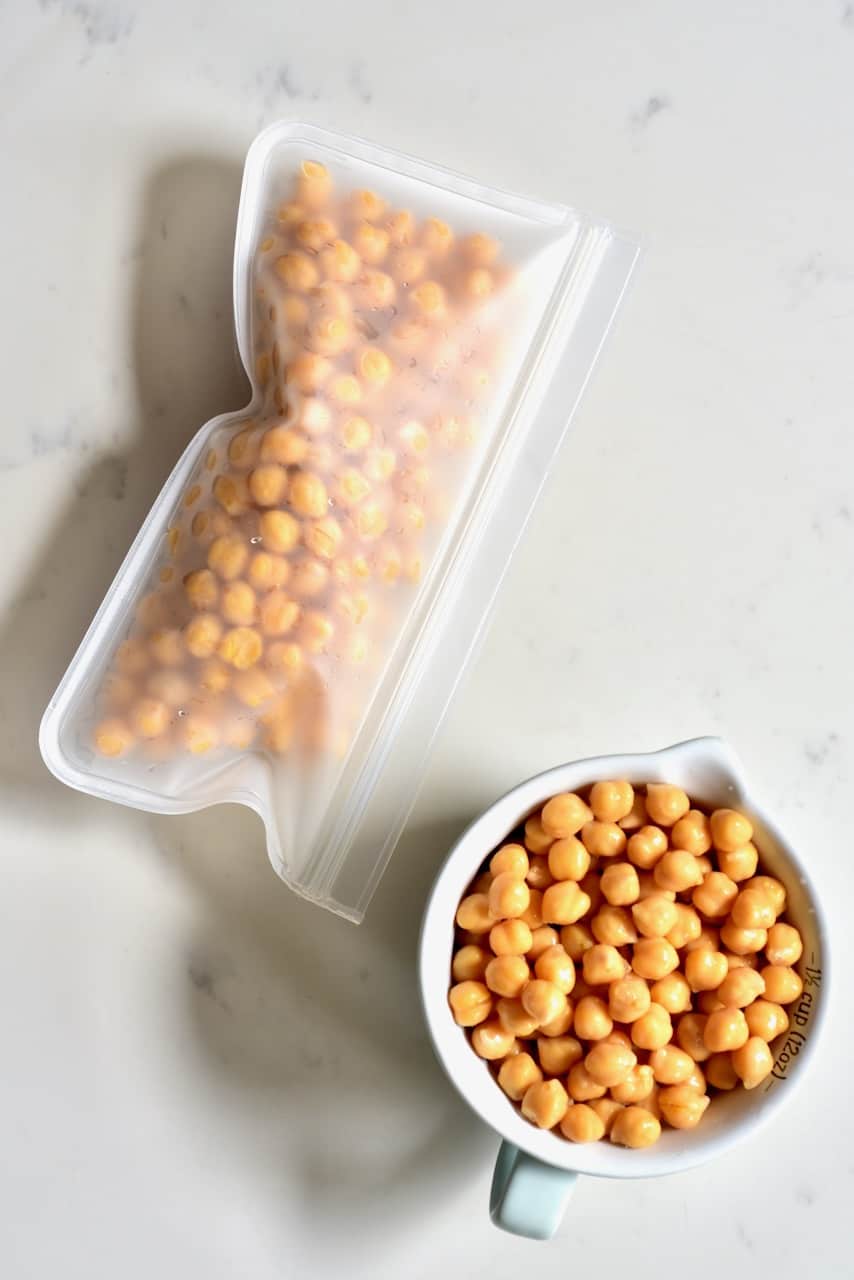

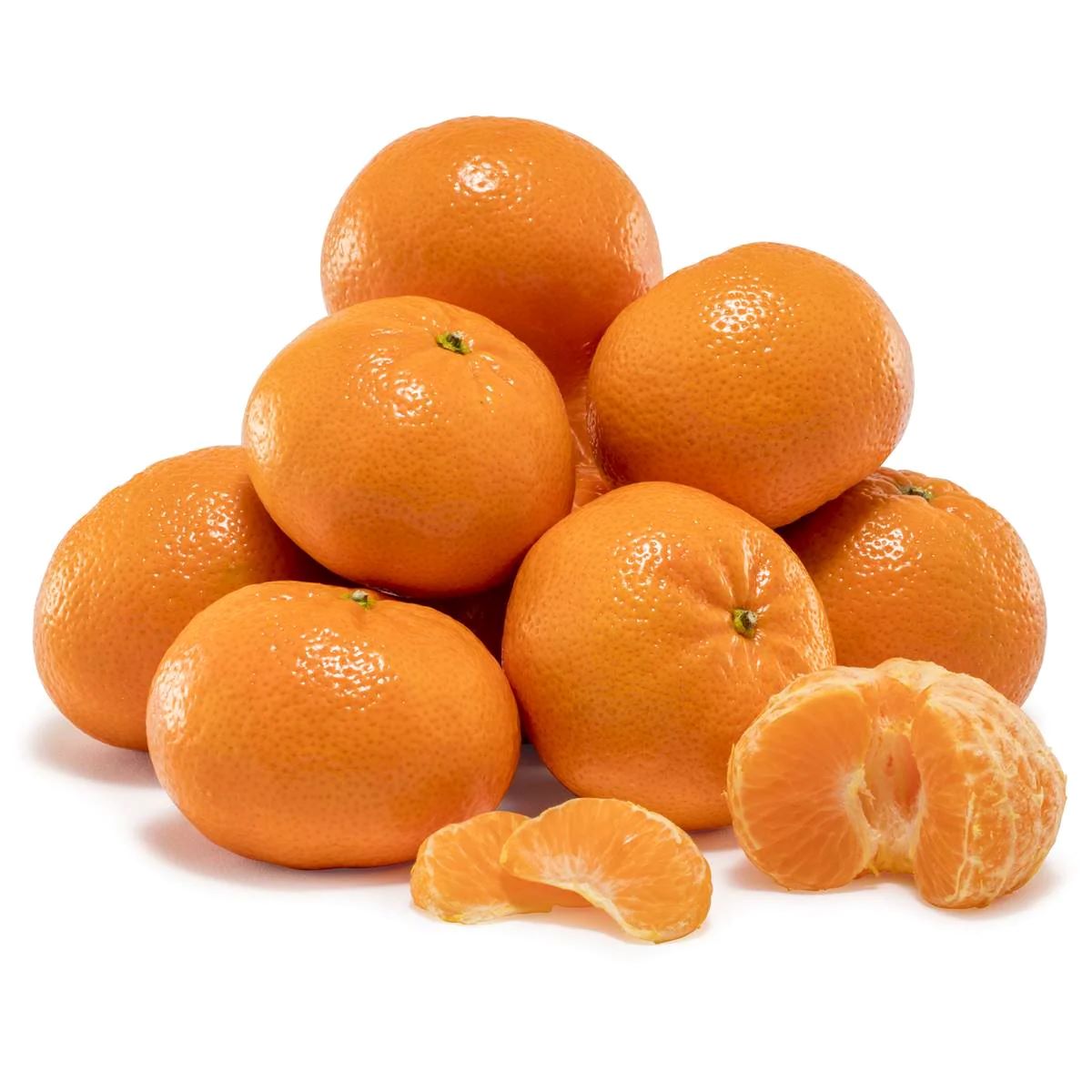
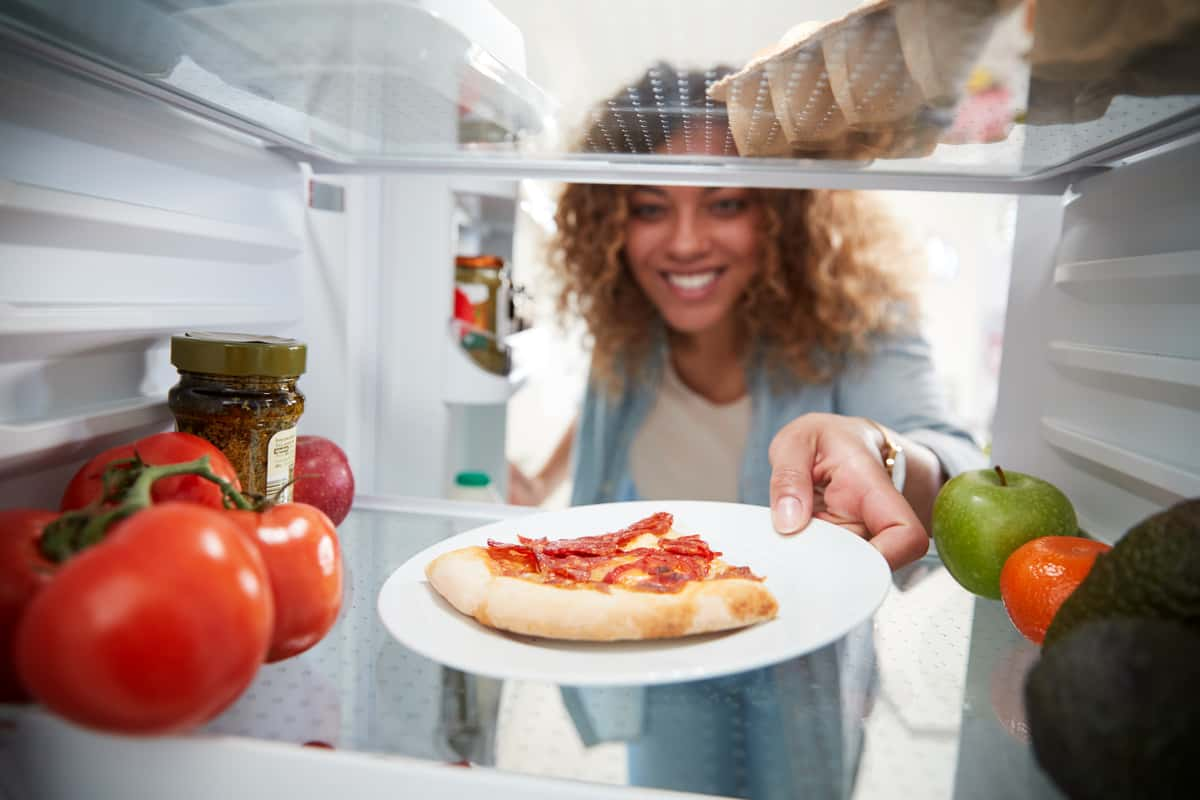
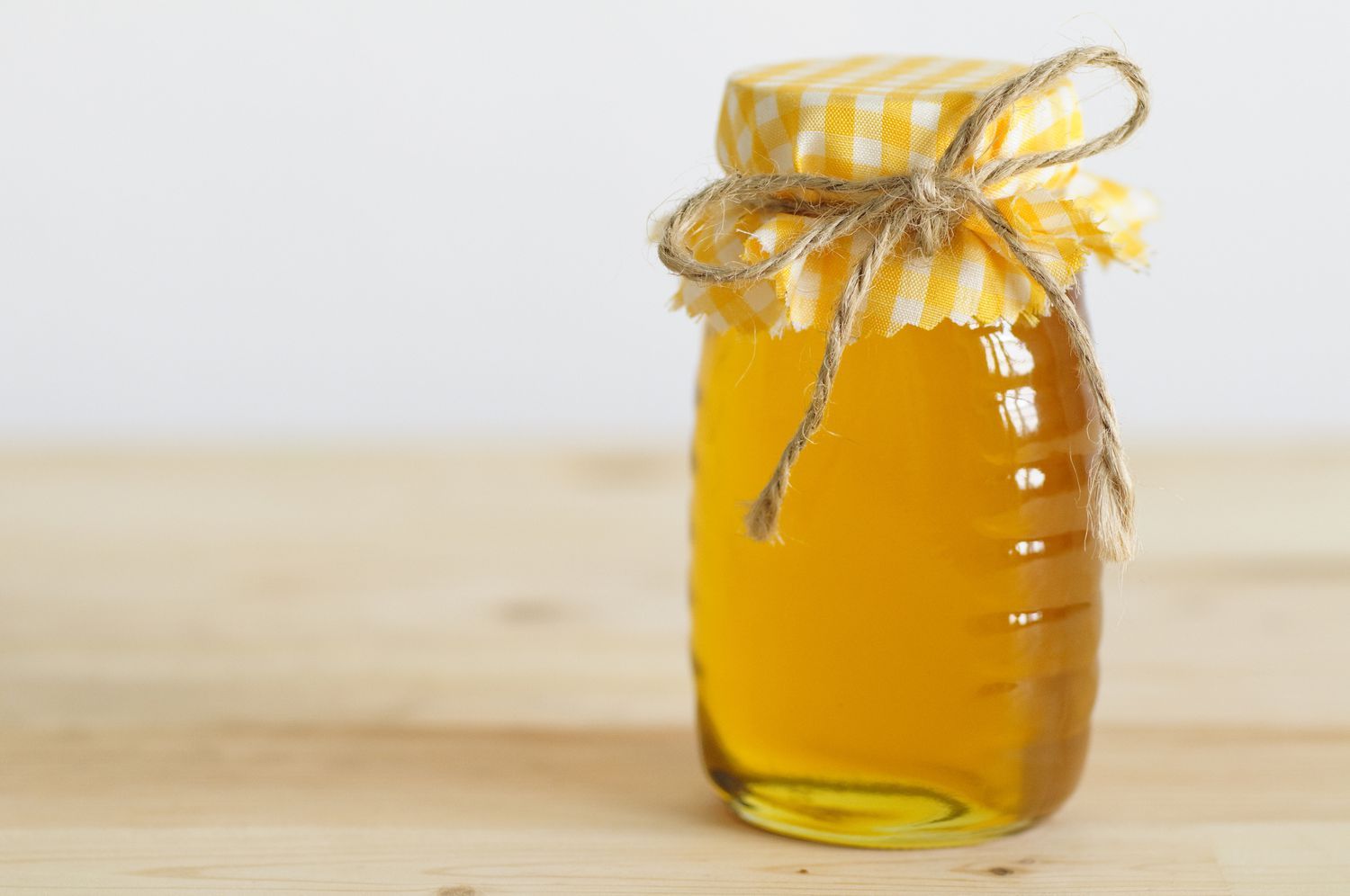
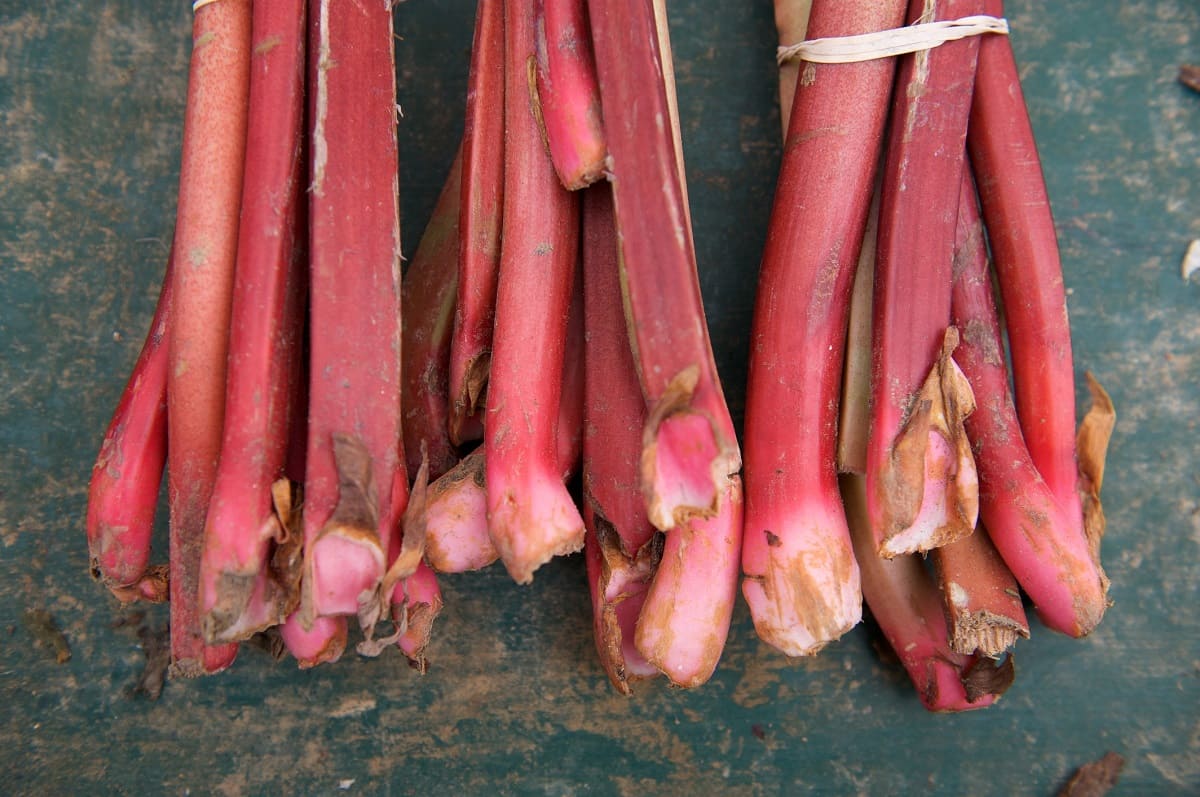
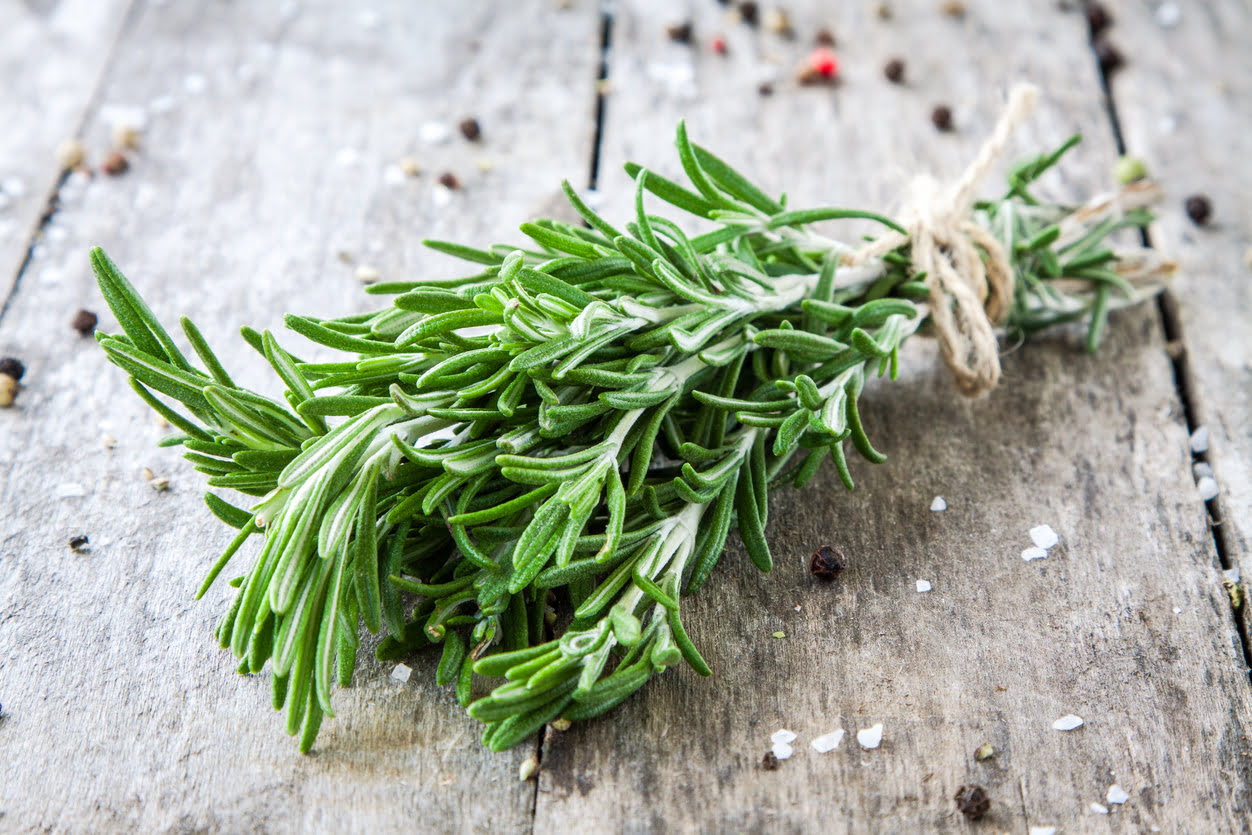
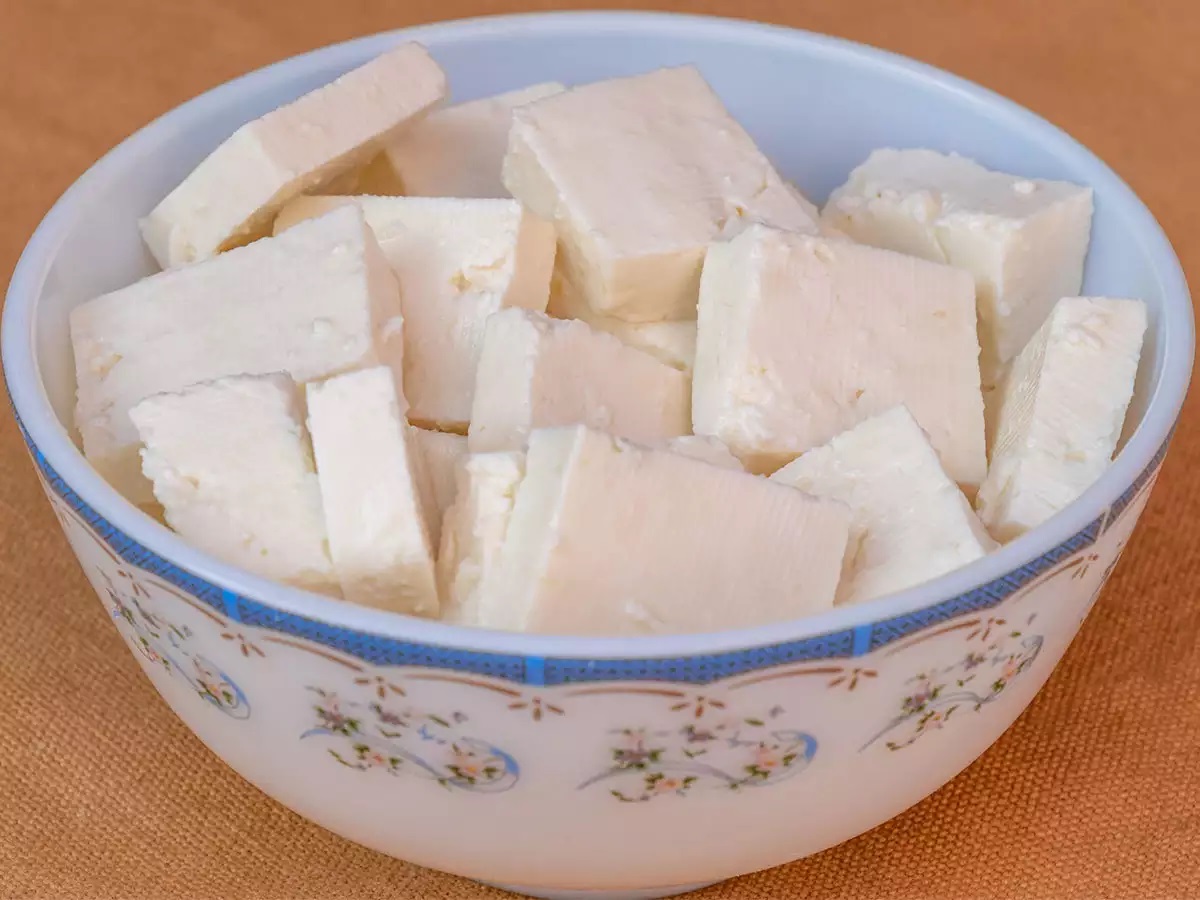
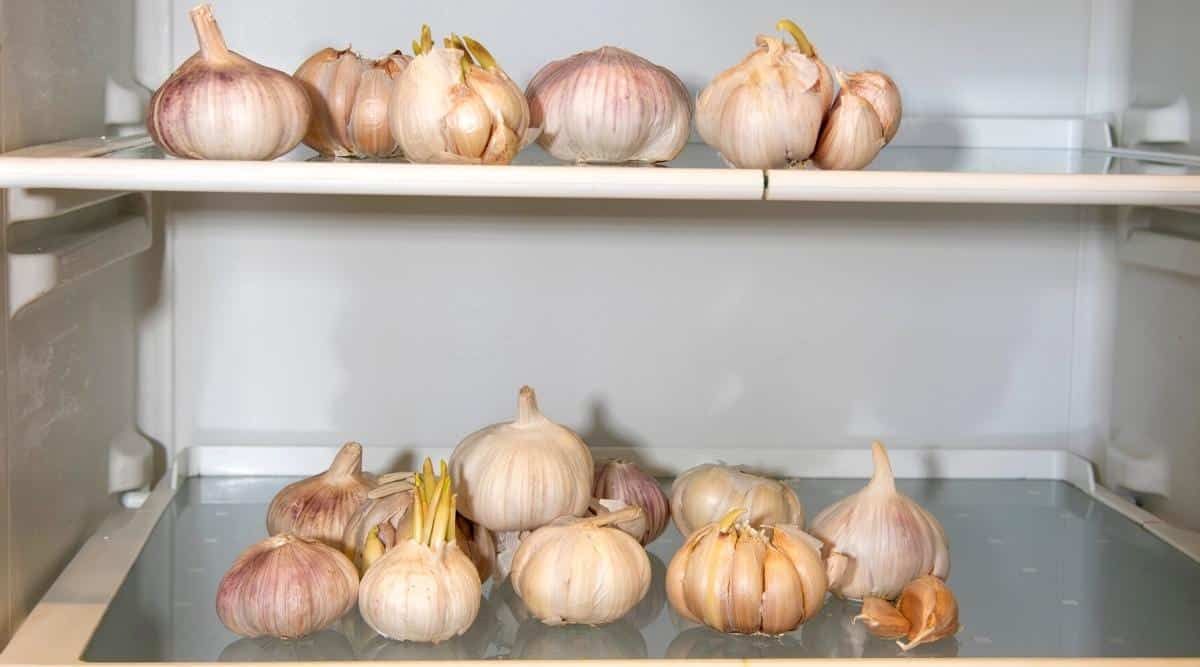

0 thoughts on “How To Store Food In Fridge Top To Bottom”